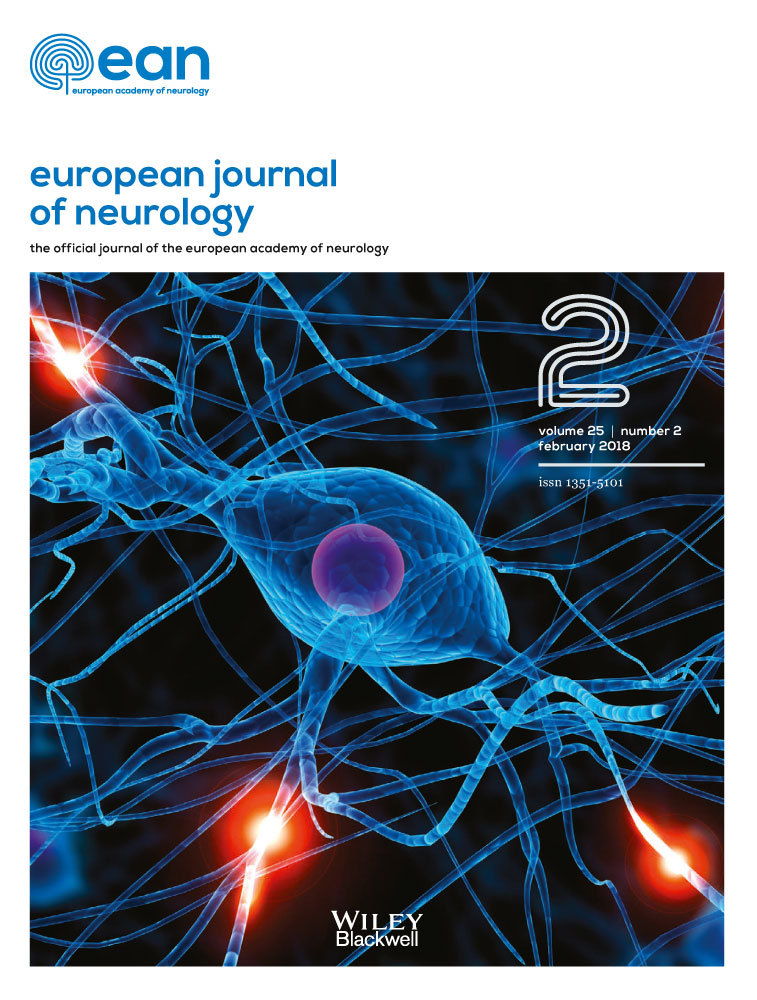Recessive distal motor neuropathy with pyramidal signs in an Omani kindred: underlying novel mutation in the SIGMAR1 gene
Abstract
Background and purpose
Distal hereditary motor neuropathy (dHMN) due to sigma non-opioid intracellular receptor 1 (SIGMAR1) gene mutation (OMIM 601978.0003) is a rare neuromuscular disorder characterized by prominent amyotrophic distal limb weakness and co-existing pyramidal signs initially described in a Chinese family recently. We report an extended consanguineous Omani family segregating dHMN with pyramidal signs in an autosomal recessive pattern and describe a novel mutation in the SIGMAR1 gene underlying this motor phenotype. We also provide an update on the reported phenotypic profile of SIGMAR1 mutations.
Methods
We utilized homozygosity mapping and whole-exome sequencing of leucocyte DNA obtained from three affected members of an Omani family who manifested with a length-dependent motor neuropathy and pyramidal signs.
Results
We identified a novel C>T transition at nucleotide position 238 (c.238C>T) in exon 2 of the SIGMAR1 gene. Sanger sequencing and segregation analysis confirmed the presence of two copies of the variant in the affected subjects, unlike the unaffected healthy parents/sibling who carried, at most, a single copy. The T allele is predicted to cause a truncating mutation (p.Gln80*), probably flagging the mRNA for nonsense-mediated decay leading to a complete loss of function, thereby potentially contributing to the disease process.
Conclusions
Our finding expands the spectrum of SIGMAR1 mutations causing recessive dHMN and indicates that this disorder is pan-ethnic. SIGMAR1 mutation should be included in the diagnostic panel of a dHMN, especially if there are co-existing pyramidal signs and autosomal recessive inheritance.




